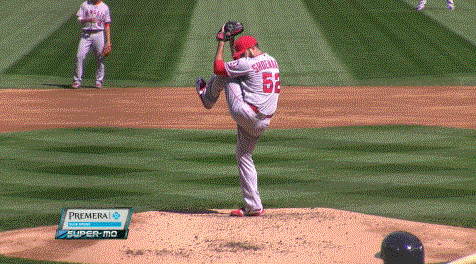Helmets may not be the most stylish look when riding a bicycle but they are necessary to help prevent bicycle accident injuries. In cities like Detroit where bicycle transportation, like MoGo, is popular, no one wants to walk into a trendy Detroit restaurant like Takoi, carrying around a bulky, heavy helmet that requires you to give up arm real estate. However, there is now a very cool alternative to the traditional bucket helmet - Hövding, that you can start conversations about over your chickpea tofu!
According to the Centers for Disease Control and Prevention (CDC), in a survey done in 2001-2003, only 48% of children between the ages of 5-14 wore helmets while cycling, and older children were less likely to wear helmets than younger children. Similar statistics are likely one of the reasons Sweden passed a law in 2005 that required children under the age of 15 to wear helmets while biking. However, head injuries sustained while cycling are not a problem just for children. In 2010, over 800 bicyclists were killed and approximately 515,000 were injured in a bicycle-related accident, with about 26,000 of them receiving traumatic brain injuries (TBI). Because of how dangerous and frequent bicycle car accidents are, this much safer helmet may help prevent car accident head injuries from occurring.
According to their website, Hövding, also known as the airbag for your head, was created in 2005, the same year the law for children under the age of 15 being required to wear helmets in Sweden passed. The new bicycle safety law for children made people wonder if adults should also have to wear helmets. And so Anna Haupt and Terese Alstin, two students of Industrial Design, decided that they wanted to make a helmet that made people want to wear it, whether they needed it or not. Soon after, in 2006, Hövding won the Venture Cup competition, in which young business people get to turn their ideas into an actual business plan. Hövding Sweden AB was founded later that same year, and after another seven years, the airbag helmet idea became an approved and certified product. To date, over 60,000 Hövdings have been sold!
How The Hövding Helmet Works
Hövding has a built in airbag system, sensors and algorithms, activation, charging, and a collar and cover. The airbag is designed like a hood and is made from an ultra-strong fiber that won’t rip. It protects your head while still allowing you to see, and covers more than a typical helmet would. The bicycle helmet also has soft shock absorption components and can absorb multiple blows in the event of a bicycle accident. After the airbag is deployed from a blow to the head, it will deflate. As for the sensors and algorithms, thousands of tests were performed in order to get accurate data on the movements of someone in a bicycle accident, by both crash-test dummies and test riders of Hövding, in order to develop an algorithm that can distinguish between regular bike riding and bike accident conditions.
Hövding requires a charge in order to work. The charge lasts for 9 hours of active cycling and can be done through an USB charger included in the purchase of a Hövding. There are LEDs at the front that show the wearer how full the battery is. The helmet is also waterproof and has an enclosing collar that wearers can change to fit their outfit or mood. The weight is distributed carefully to make sure it doesn’t disrupt cycling, with weight slightly heavier on the front so that the helmet is resting on the wearer’s back while cycling. In order to activate the Hövding, bicyclists must place it around their necks and zip it up all the way, or it won’t work. Then attach the button on the zip tag onto the right side of the collar. To deactivate Hövding, unclip the button. The helmet should only be activated while cycling.
If you want to see Hövding in action during a bicycle car crash or in the event of a bicycle accident head injury, check out this video.
Helmets aren’t very popular to wear for a lot of cyclists and can be bulky and uncomfortable. Perhaps Hövding is the answer to this. Not only is Hövding more fashionable, compact, and comfortable, it is also safer than a conventional helmet and may prevent injuries typical helmets wouldn’t. If you or a loved one have been injured in a bicycle car accident, call The Michigan Law Firm, PC at 844.4MI.FIRM for a free legal consultation, with an experienced accident attorney.

























